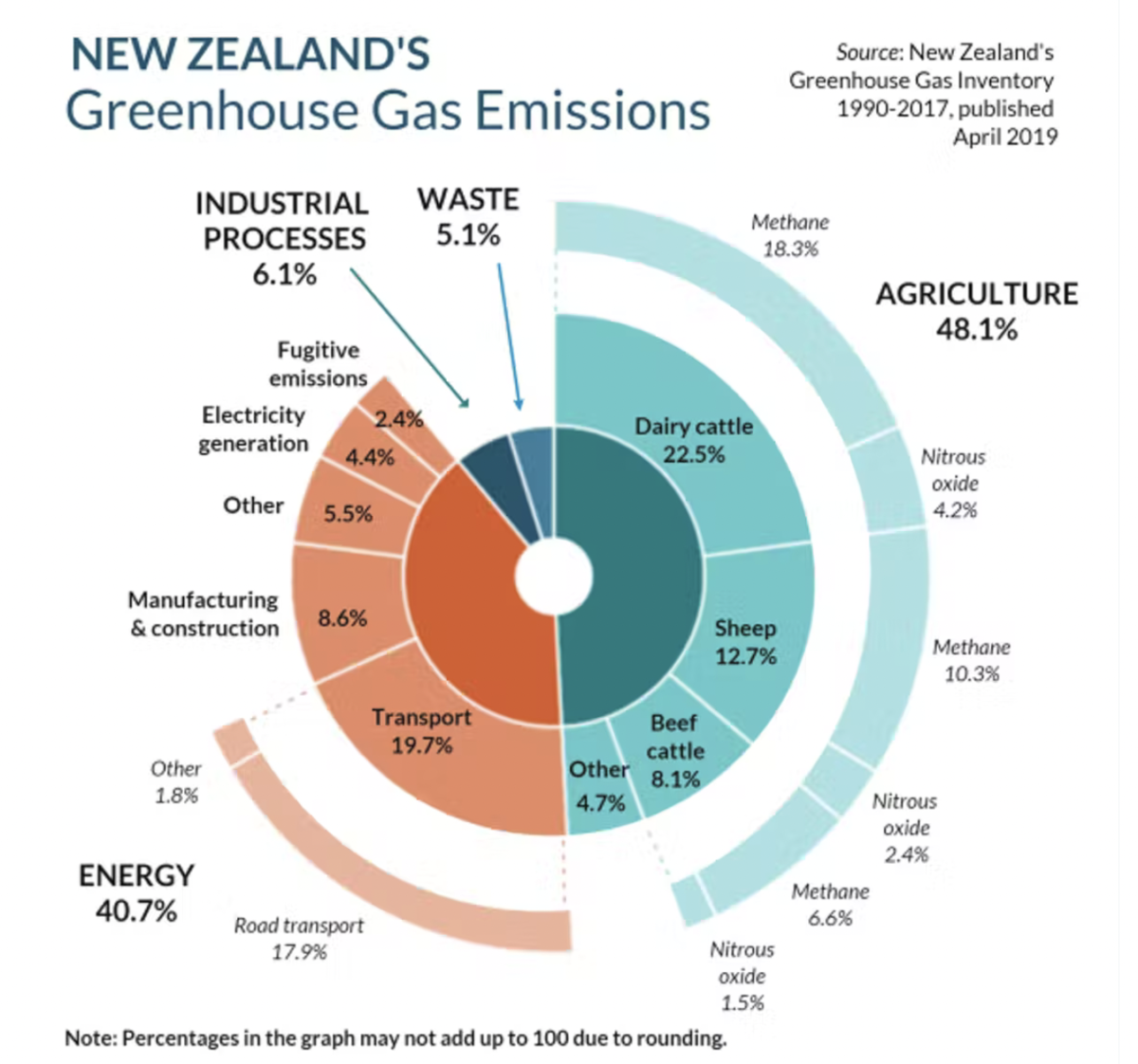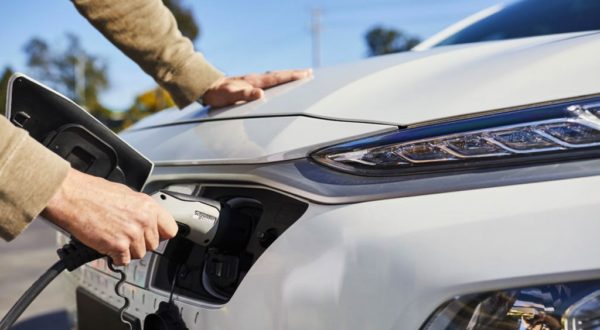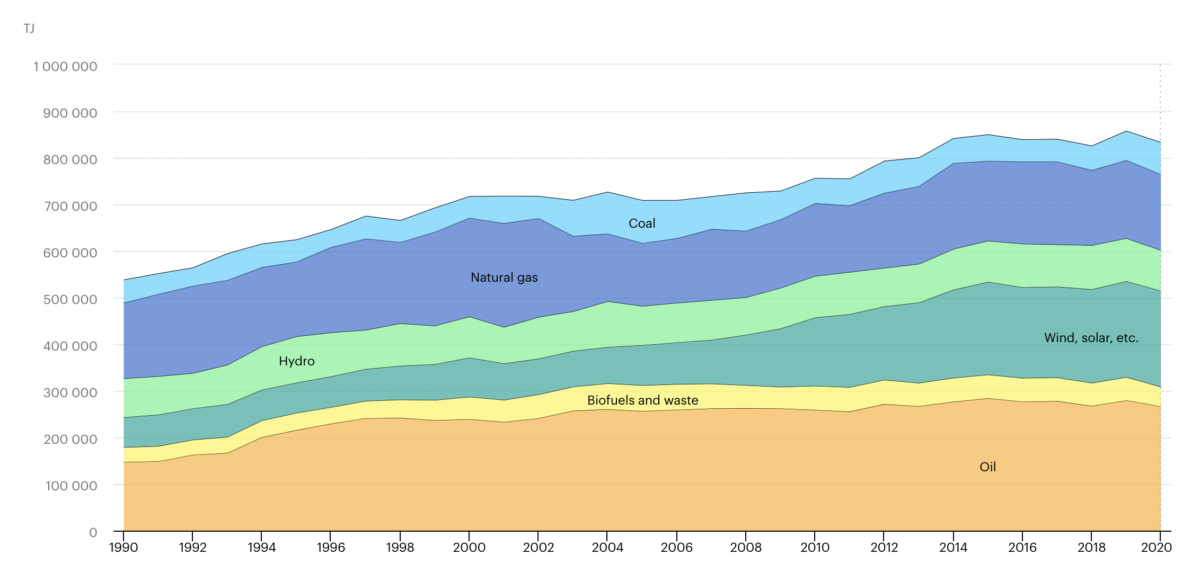On Monday, the New Zealand government announced its plan and budget to cut emissions as it strives for net zero by 2050. The plan received bipartisan support, though it was criticised by minor parties as well as by Greenpeace.
With billions on the table, the plan involves policies to support low and middle-income New Zealanders getting into electric vehicles (EVs), as well as the often overlooked pathway of cutting transport emissions through investing in public transport, bike and footpaths. The budget also dedicates a major tranche of support for the electrification of industry, as well as the further decarbonisation of its already renewable-heavy grid.
New Zealand has quite a different emissions profile to Australia and inhabits a funny position as simultaneous leader and laggard. Roughly 80% of its electricity is produced from renewable sources thanks to its longstanding hydro and geothermal assets, though renewables account for substantially less of its primary energy mix at 40%.
However, like Australia, New Zealand is among the world’s highest per capita emitters. Moreover, emissions in New Zealand rose by 52% between 1990 and 2020 – a massive increase compared to other nations. The country’s climate policies and actions have been labelled “highly insufficient” by Climate Action Tracker.

Agriculture, forestry and fishing contributes roughly half of New Zealand’s greenhouse gas emissions. These sectors have largely been omitted from the country’s Zero Carbon Act, where it enshrined its 2050 net zero target in law, sparking criticism which has not been assuaged by the recent budget.
Decarbonising transport
Transport featured as a centrepiece of the New Zealand plan, with NZ$1.2 billion (AU$1.09 billion) being spent on the sector.
The government has unveiled a “scrap and replace” scheme for New Zealanders to replace fossil cars with EVs or hybrids. The government is hoping the policy will get it to its target of zero emissions vehicles accounting for at least 30% of the national car fleet by 2035.
The program is called the Clean Car Upgrade and will initially give 2500 low- and middle-income households a rebate on an EV or hybrid car in exchange for scrapping their old car. Around NZ$30 million (AU$27 million) will be spent on the Clean Car Upgrade trials, which are set to begin next year, with the full program to be established by 2024, costing NZ$570 million (AU$516 million) over four years.

Image: ARENA
Jacinda Ardern’s government has also pledged NZ$20 million (AU$18 million) to run an EV leasing program allowing low-income families in three communities to lease EVs from community organisations starting next year.
New Zealand is promoting transport decarbonisation by increasing public transport, bike and footpaths too. It plans to bring in zero-emissions buses from 2025 and aims to decarbonise the nation’s entire public transport fleet by 2035.
It will also build at least 100 kilometres of urban bike paths and improve footpaths.
Decarbonising industry
Around NZ$650 million will also go towards electrifying industry and decarbonising the remainder of the electricity grid. “Emissions from our energy and industry sectors make up 27% of our total emissions,” New Zealand’s Energy Minister Megan Woods said.
To cut those emissions, the government will introduce subsidies for high efficiency electrical equipment, including electric motors and heat pumps. The sale of new low- to medium-temperature coal boilers will also be banned.

International Energy Agency (IEA)
New Zealand uses far less coal than Australia, but its steelmaking and diary industries do still use the fossil fuel. The country is yet to come up with a national energy strategy to phase this use out, but funds have now been allocated to figure out a pathway, as well as for integrating hydrogen.
Recycling
New Zealand will also beef up its recycling infrastructure and will begin providing roadside food waste collection to stop it going into landfill.
Agriculture
Here is where things start getting contentious, with the government criticised by Greenpeace for promoting “unproven techno fixes” rather than considering measures like, for instance, reducing the number of cows in its vast herds.
It seems as though cows and their diary industries might inhabit a similar position in New Zealand’s cultural consciousness as coal does in Australia. That is, it’s considered an export bedrock and given special standing.
The government has committed NZ$710 million (AU$643 million) to reducing agricultural emissions, including to abate some of those emissions through reforestation.
“Our economic security depends on New Zealand’s food and fibre sector,” Agriculture Minister Damien O’Connor said. “It’s our biggest export earner but also our largest contributor to emissions, and if we don’t take action now we will be at risk as consumer preferences evolve.”
Specifically, NZ$339 million (AU$307 million) is going towards “the development of high-impact technologies and practices” to reduce agricultural greenhouse gas emissions, which was welcomed by the prominent lobby group Federated Farmers – though it is far from universally liked.
Greenpeace has deemed this element of the plan so problematic that it says it renders the government’s approach “not credible.”
“Instead of just cutting cow numbers, the government is relying on industry promises, hypothetical, and unproven techno fixes to agricultural emissions, and the freshwater reforms that the dairy industry is undermining at every step,” Greenpeace’s lead agriculture campaigner Christine Rose said.
She added it was “absolutely staggering to see that the Emissions Reduction Plan fails to include policy that would reduce cow numbers or phase out the synthetic nitrogen fertiliser that drive emissions.”
“Despite the climate emergency, industrial dairy has yet again been given a free pass that now comes with a huge subsidy from the rest of New Zealand.”
This content is protected by copyright and may not be reused. If you want to cooperate with us and would like to reuse some of our content, please contact: editors@pv-magazine.com.









By submitting this form you agree to pv magazine using your data for the purposes of publishing your comment.
Your personal data will only be disclosed or otherwise transmitted to third parties for the purposes of spam filtering or if this is necessary for technical maintenance of the website. Any other transfer to third parties will not take place unless this is justified on the basis of applicable data protection regulations or if pv magazine is legally obliged to do so.
You may revoke this consent at any time with effect for the future, in which case your personal data will be deleted immediately. Otherwise, your data will be deleted if pv magazine has processed your request or the purpose of data storage is fulfilled.
Further information on data privacy can be found in our Data Protection Policy.